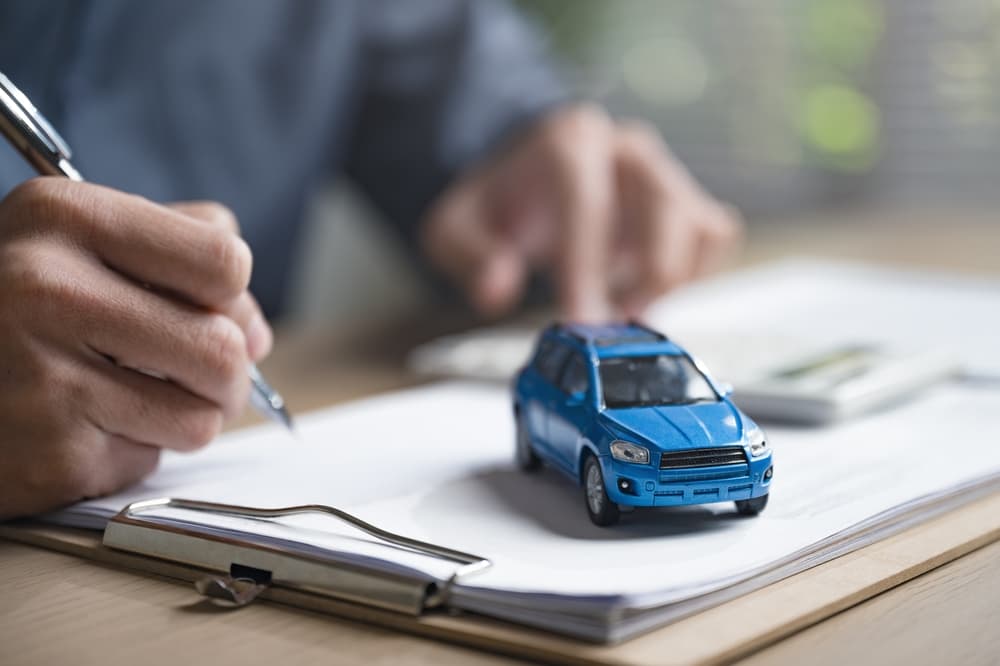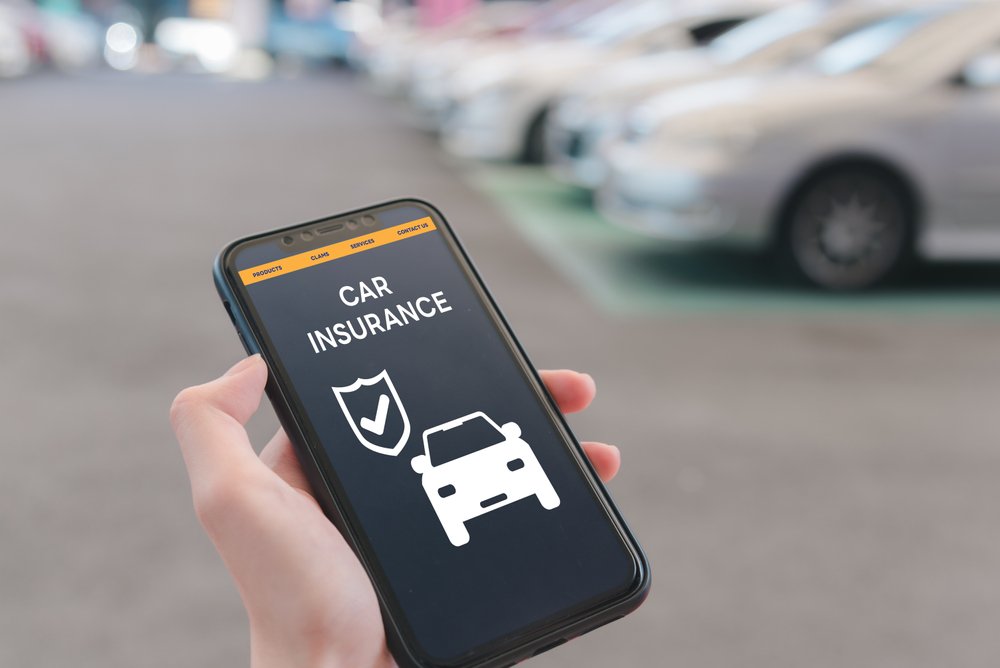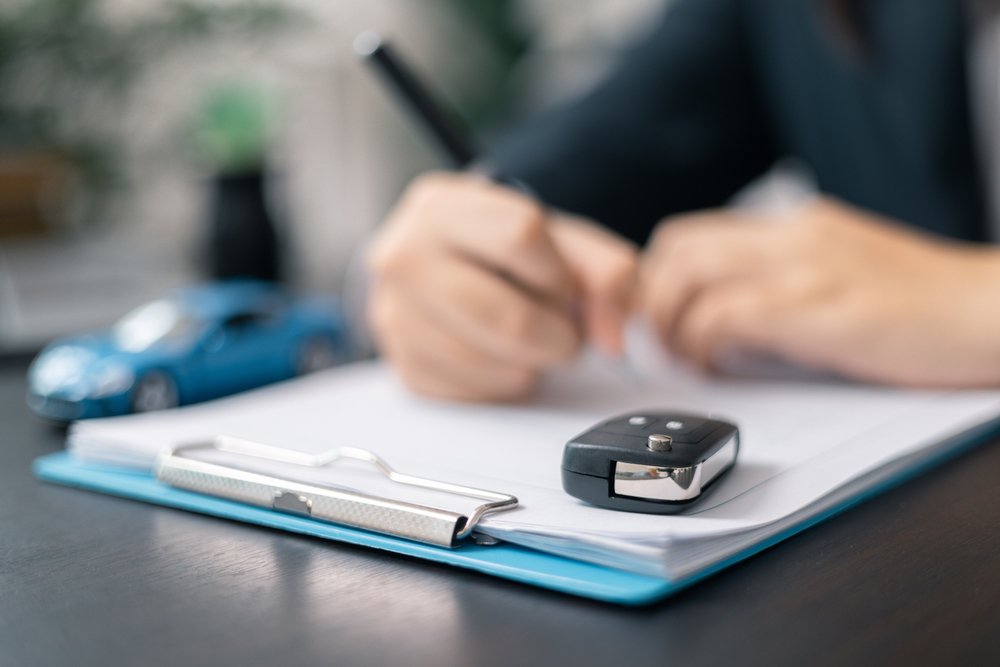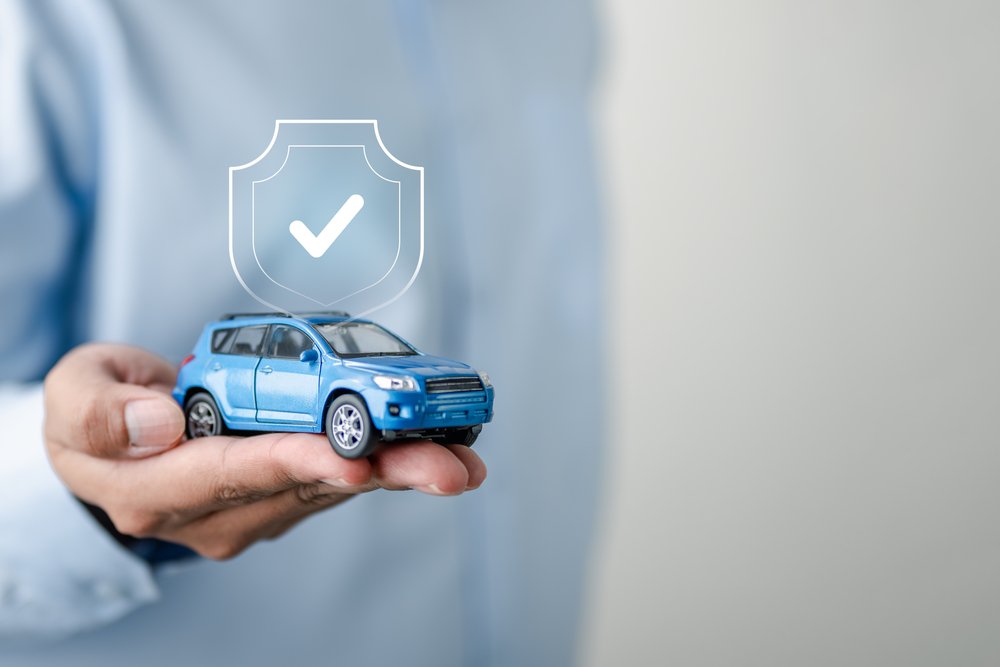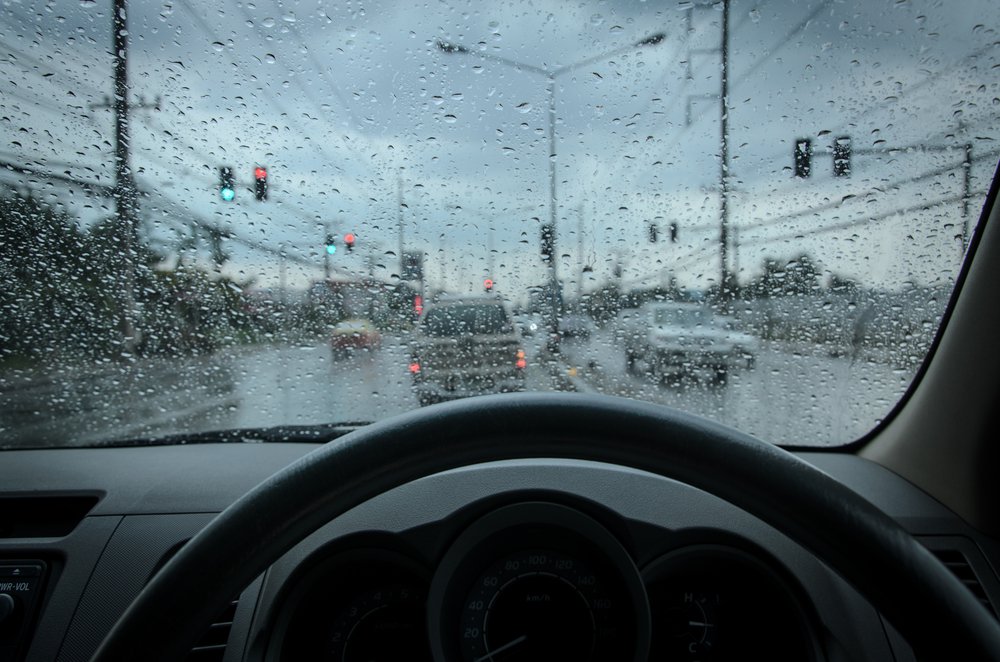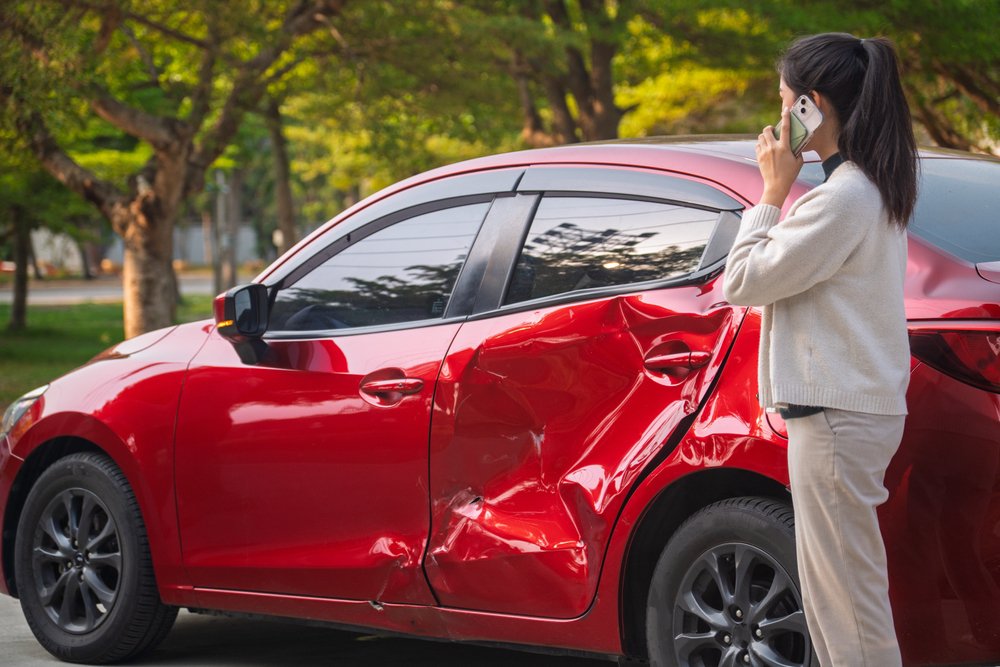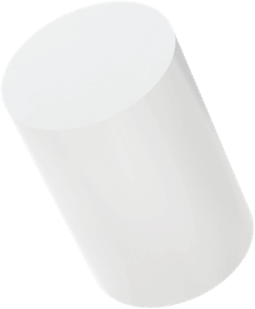If you’ve recently financed or leased a car in Texas, you may have heard the term “gap insurance” and wondered whether it’s worth the extra cost. Many drivers are surprised to learn that their standard auto insurance might not cover the full balance of their loan if their car is declared a total loss after an accident or theft. That’s where gap insurance comes in. This insurance bridges the financial gap, helping you avoid paying out of pocket for a car you no longer own.
What Is Gap Insurance for Cars and How Does It Work
Gap insurance, short for Guaranteed Asset Protection, is an optional coverage that pays the difference between your car’s actual cash value (ACV) and the amount you still owe on your auto loan or lease. In simple terms, it ensures you aren’t left paying for a vehicle that’s no longer drivable.
Your regular car insurance only reimburses you for the ACV, which is based on depreciation. If your car loses value quickly, as most do, you might owe thousands more than what insurance will pay after a total loss.
For example, imagine you bought a new car for $30,000 with a small down payment. A year later, its ACV might be $24,000, but you could still owe $28,000 on your loan. If your car is totaled, your insurance would cover $24,000, and gap insurance would pay the $4,000 difference.
When You Should Consider Gap Insurance for Your Vehicle
Gap insurance isn’t necessary for every driver, but it’s an important consideration for those who are financing or leasing. You might wonder, “What is gap insurance on a car, and do I really need it?” The answer depends on your situation.
It’s most beneficial if:
- You made a small down payment or no down payment.
- You have a long loan term (60 months or more).
- You’re leasing your car, since most leasing companies require it.
You purchased a car that depreciates quickly.
Texas drivers who are upside down on their car loan, meaning they owe more than the car is worth, can face significant financial stress if their car is totaled. This insurance can provide peace of mind by covering the shortfall, allowing you to start fresh with a replacement vehicle instead of continuing to pay for one that’s gone.
How Does Gap Insurance Work If A Car Is Totaled?
After your car is declared a total loss, your primary insurance company will first pay you the ACV. Then, your gap insurance provider steps in and covers the remaining balance on your loan or lease.
This protection is especially valuable if you drive in areas where collisions, thefts, or natural disasters are common. In Texas, severe weather events like hail or flash floods can quickly total a vehicle, leaving you with a large bill. Gap coverage helps you avoid dipping into savings or taking out another loan just to settle the balance.
Gap Insurance for Used Cars: Is It Worth It?
Even if you’re driving a pre-owned vehicle, this coverage can still be a smart choice. Many drivers ask, “Should I get gap insurance on a used car?” If you financed most of the purchase price and the car is still depreciating, it can offer valuable protection.
Used cars typically depreciate more slowly than new ones, but if you borrowed most of the money to buy the car, you could still owe more than it’s worth for a period of time. In that case, gap insurance provides the same protection as it does for a new vehicle, helping you avoid financial strain in the event of a total loss.
Key Takeaways for Texas Drivers
Gap insurance is a relatively inexpensive way to protect yourself from financial risk, particularly if you financed or leased your car with little or no money down. Covering the difference between your car’s value and what you owe it ensures you aren’t stuck paying for a vehicle you can no longer drive.
Whether you’re buying new or used, take a close look at your loan terms, your down payment amount, and your car’s expected depreciation rate. This will help you decide whether gap insurance is a smart addition to your policy.
Pronto Insurance in Texas offers flexible car insurance policies, including gap coverage, to fit your needs. Contact us now to get a free personalized quote.


